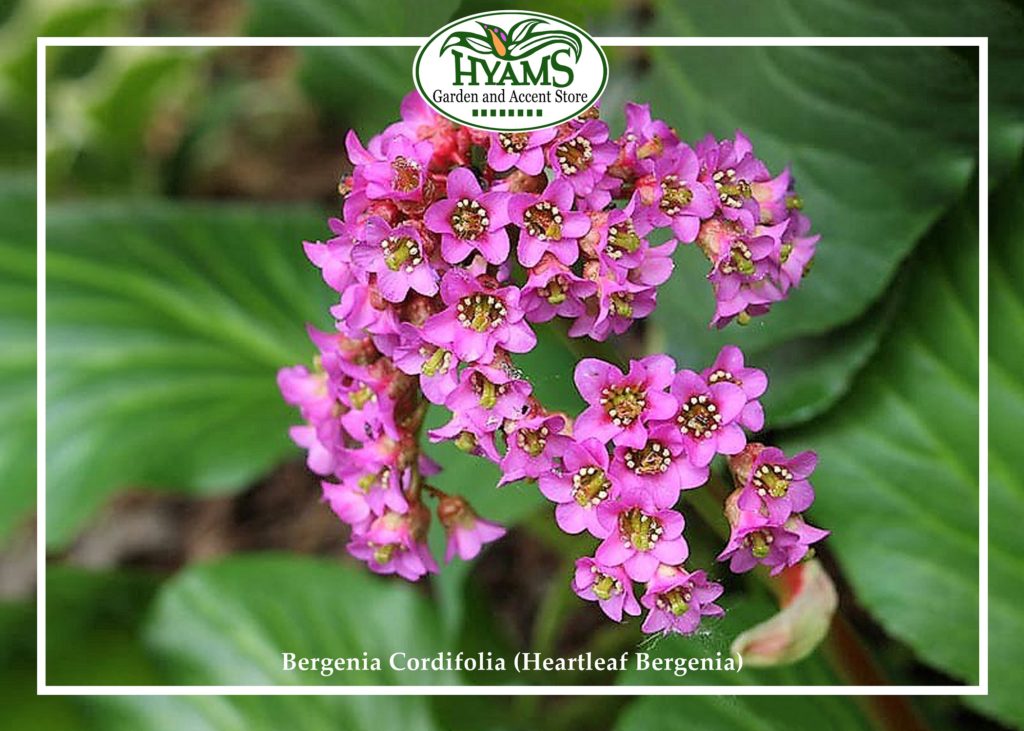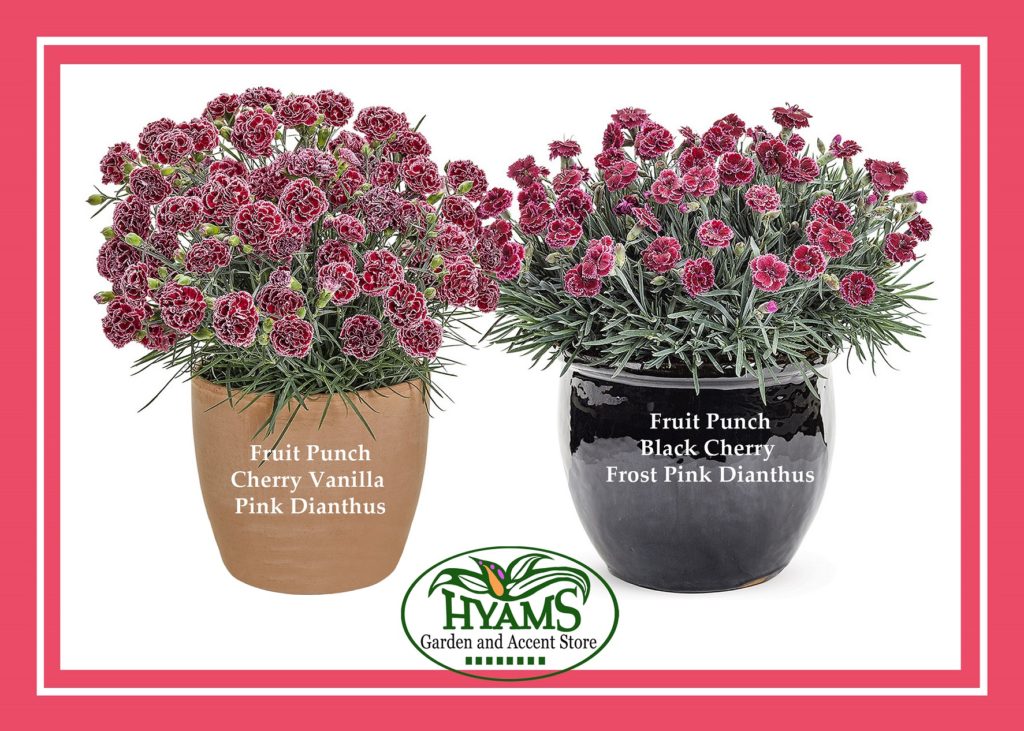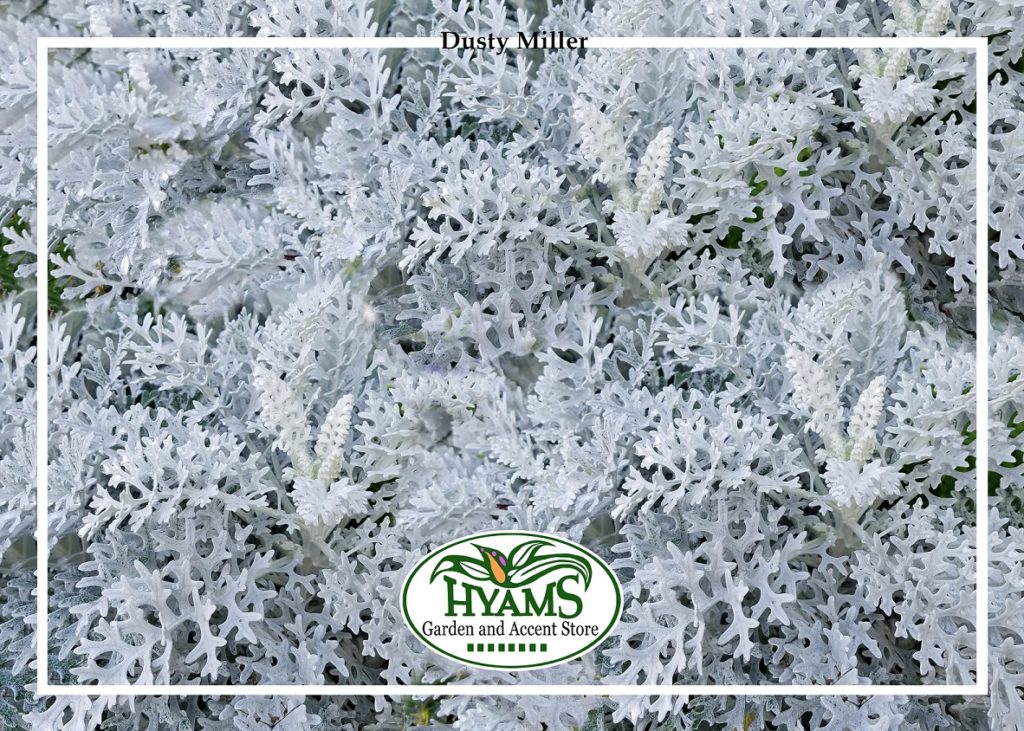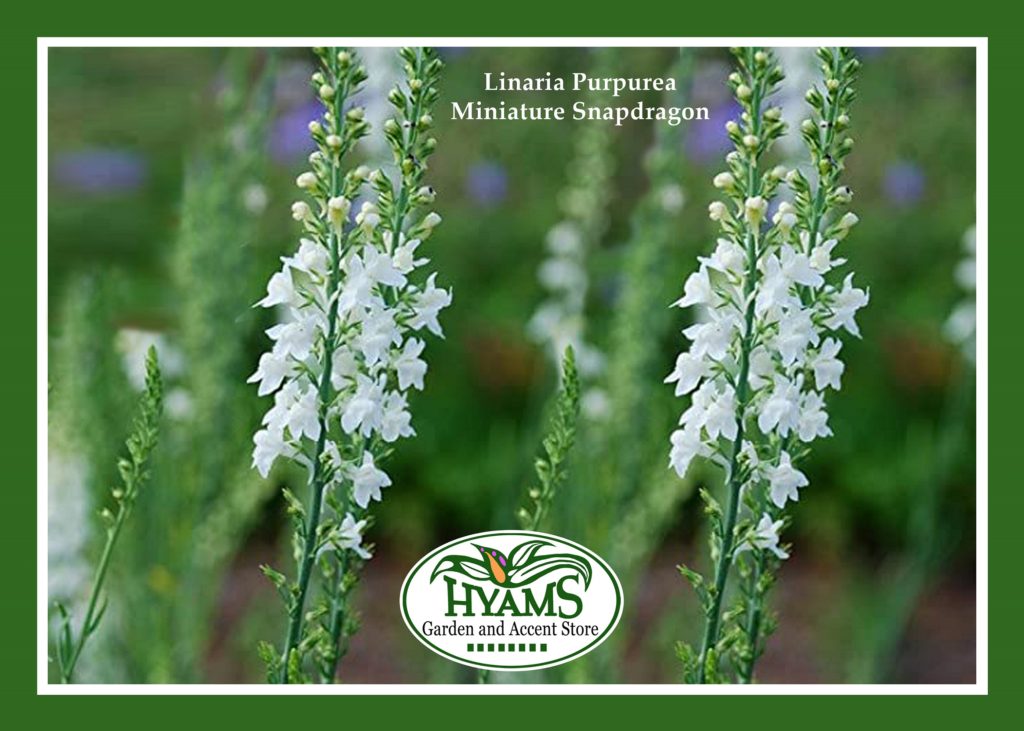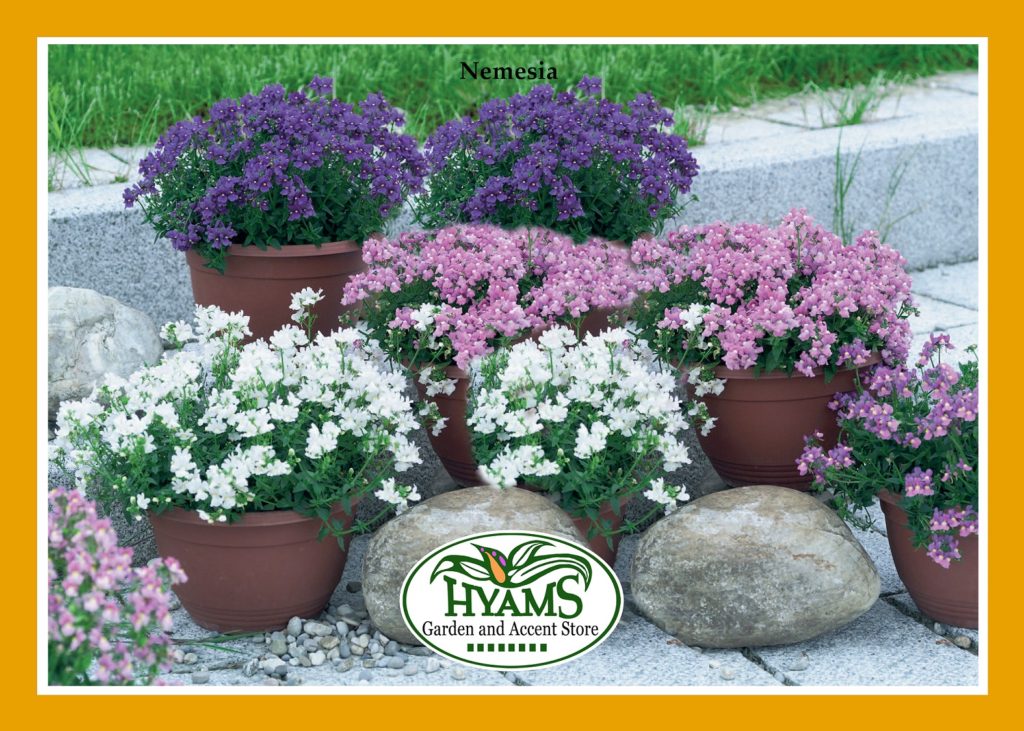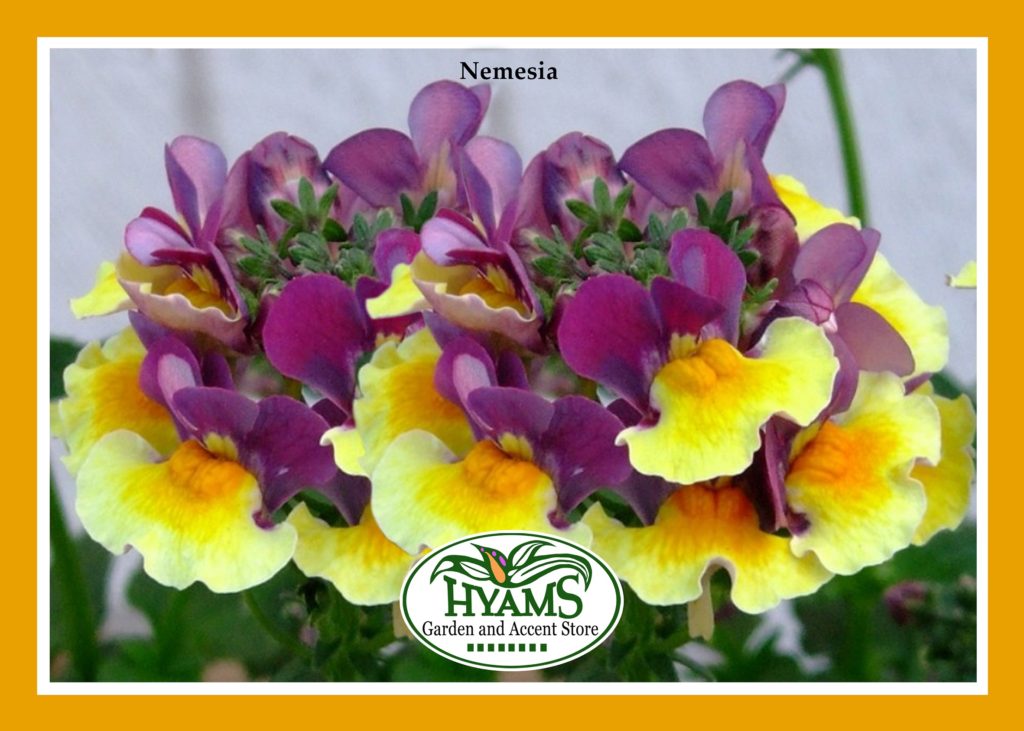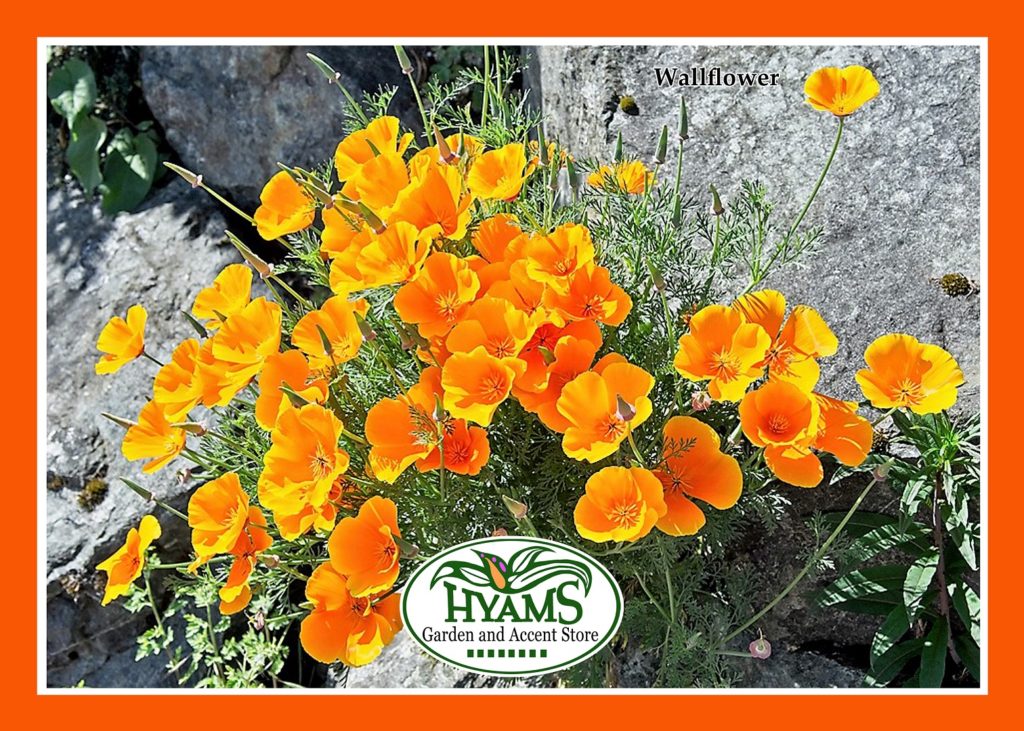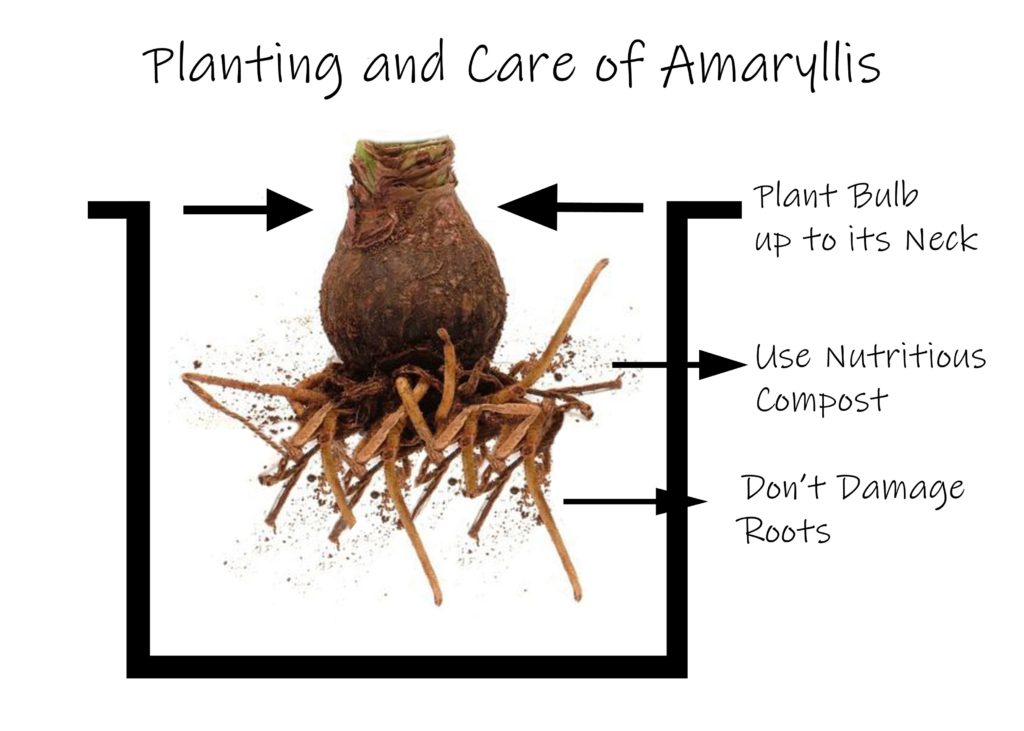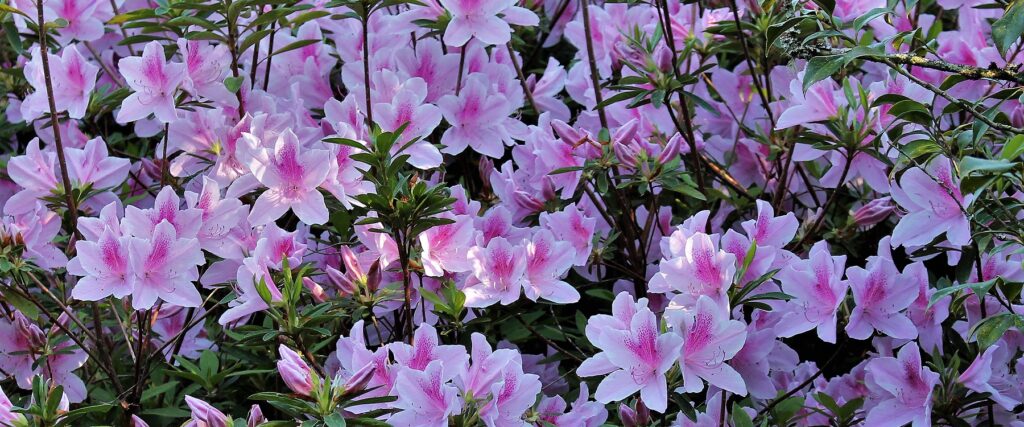__Get soil tests to prepare for Spring lime and fertilizer applications. 2cups of soil from each area in question or a random combined sample can be taken to Clemson Ag Extension office at 259 Meeting St, the second floor of the Senior Citizens Center, Mon-Fri 8:00-4:00. $6.00 per sample. More information available at www.clemson.edu/extension/hgic.
__Calculate yard square footage of each area for how much lime/fertilizer/herbicide/insecticide you may need. Help with this can be found in our store or on the website for Clemson Cooperative Extension Home and Garden Information Center www.clemson.edu/extension/hgic.
__Plan your pre-emergent herbicide applications for 3rd or 4th week of this month. Scotts WeedEx (pendimethalin) should be applied at this time to well established lawns to prevent crabgrass, spurge, oxalis and other listed weeds. One 10 lb. bag treats 5000 sq ft. It should be applied to dry grass with a broadcast (we lend these) or drop spreader and watered in with approximately ¼ inch water. Remember not to overseed treated areas because pendamethalin prevents seed germination. Also do not rake or otherwise disturb soil bed as this would break the chemical barrier in the soil. Do not re-apply pendamethalin for at least 8 weeks. As always, be sure to read the label carefully and follow all directions. For extended crabgrass and broadleaf control, an application of Hi-Yield Turf & Ornamental Weed & Grass Stopper with Dimension may be applied 4-6 weeks later. Wait until at least mid March to start any fertilizer programs.
__Now is the time to prune most deciduous trees and shrubs. Crape myrtles, Chinese elms, Japanese maples, red maples and oaks could all benefit from a thoughtfully planned prune this month. Remove crossing and thin branches to allow for more light and air flow. Wait on spring flowering trees like purple leaf plums, cherries, redbuds and tulip (Japanese) magnolias until after they bloom. Summer flowering shrubs like roses, callicarpa, hibiscus and most grasses can be pruned this month. Some evergreens like ligustrum and hollies can be pruned between now and the first of April. Leave Spring flowering shrubs like azalea, spiraea, indian hawthorn and gardenias until after they have flowered. Wait until April to prune camellia, then fertilize them along with gardenia, azaleas and hollies with Holly-Tone. Do not hesitate to call Randy at 843-795-4570 in the store or e-mail at rhowie@hyamsgardencenter.com if you have questions.
